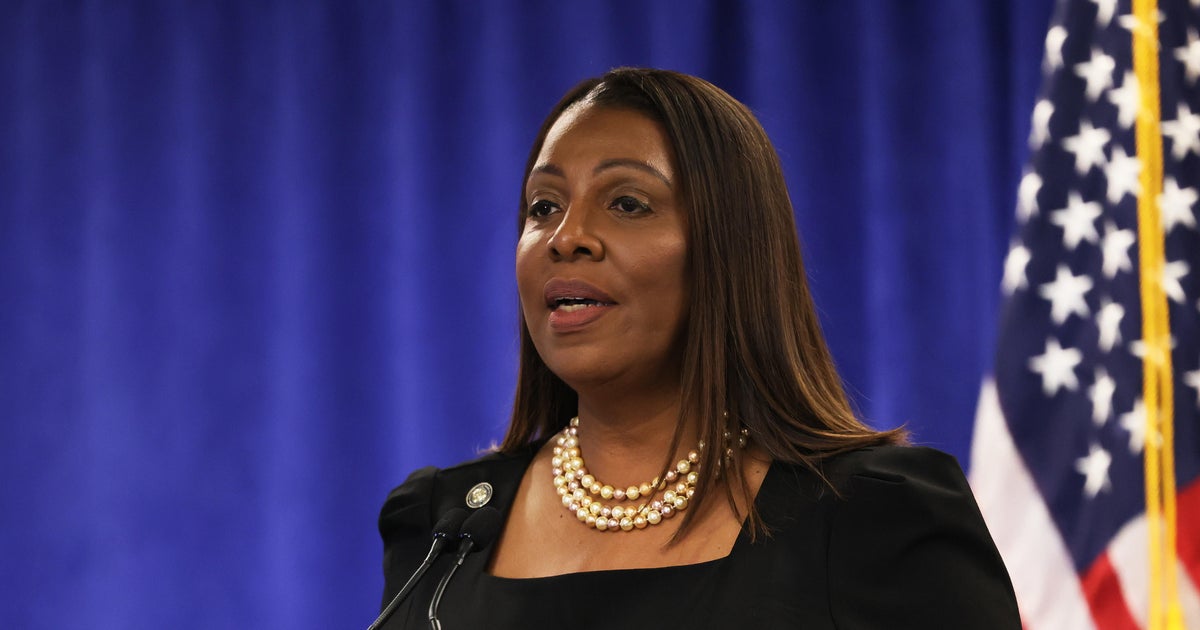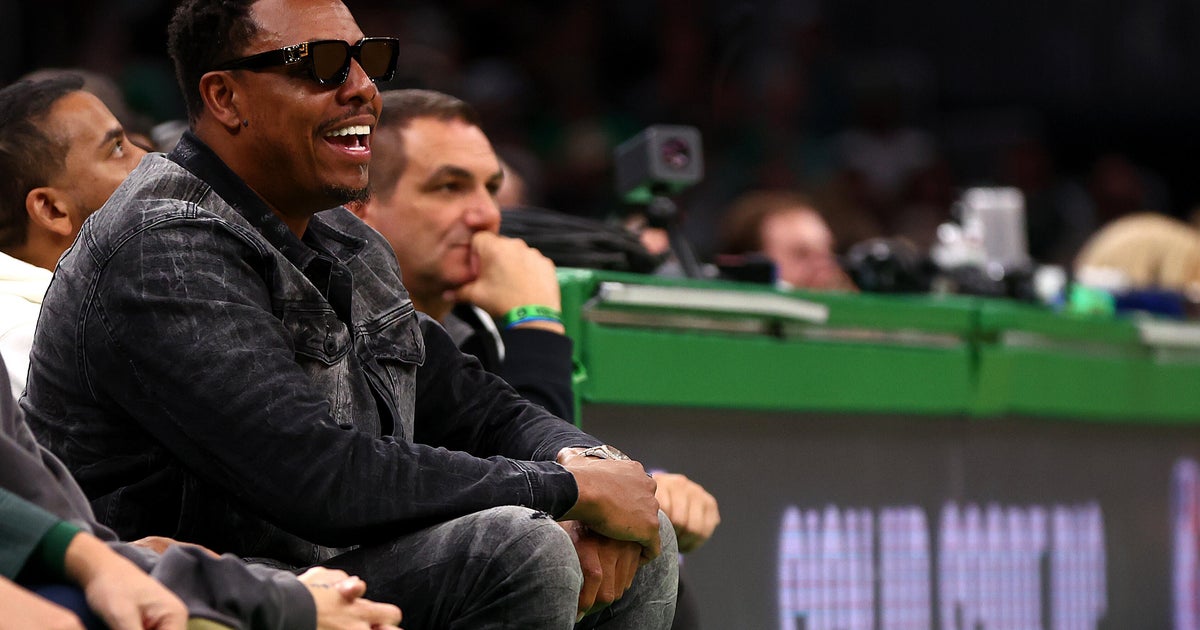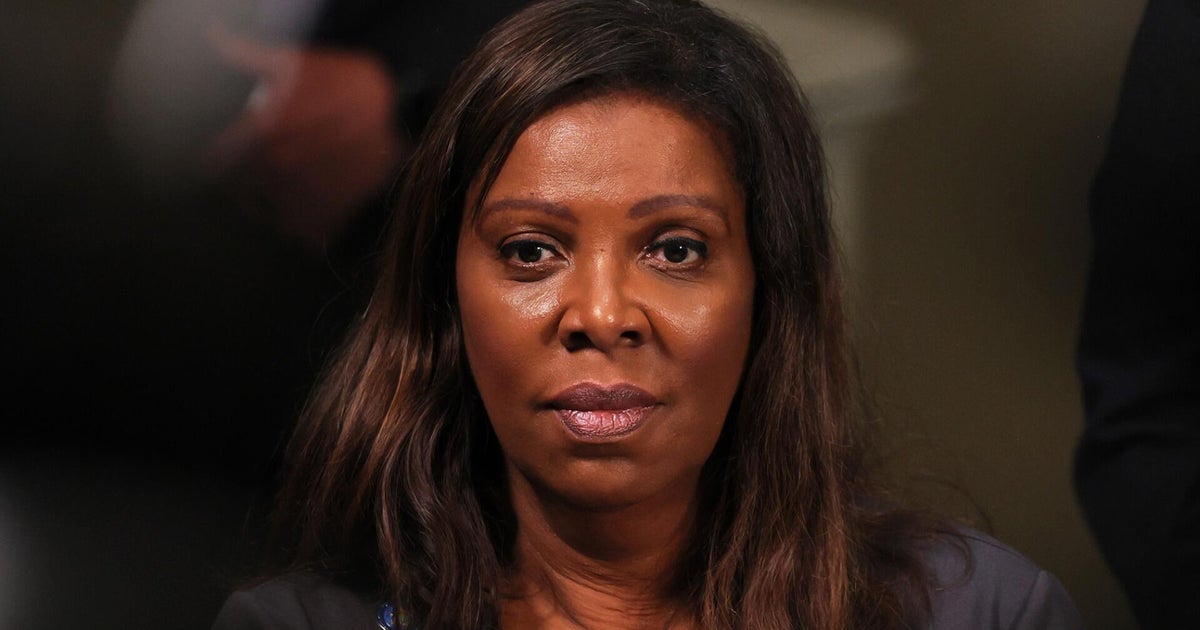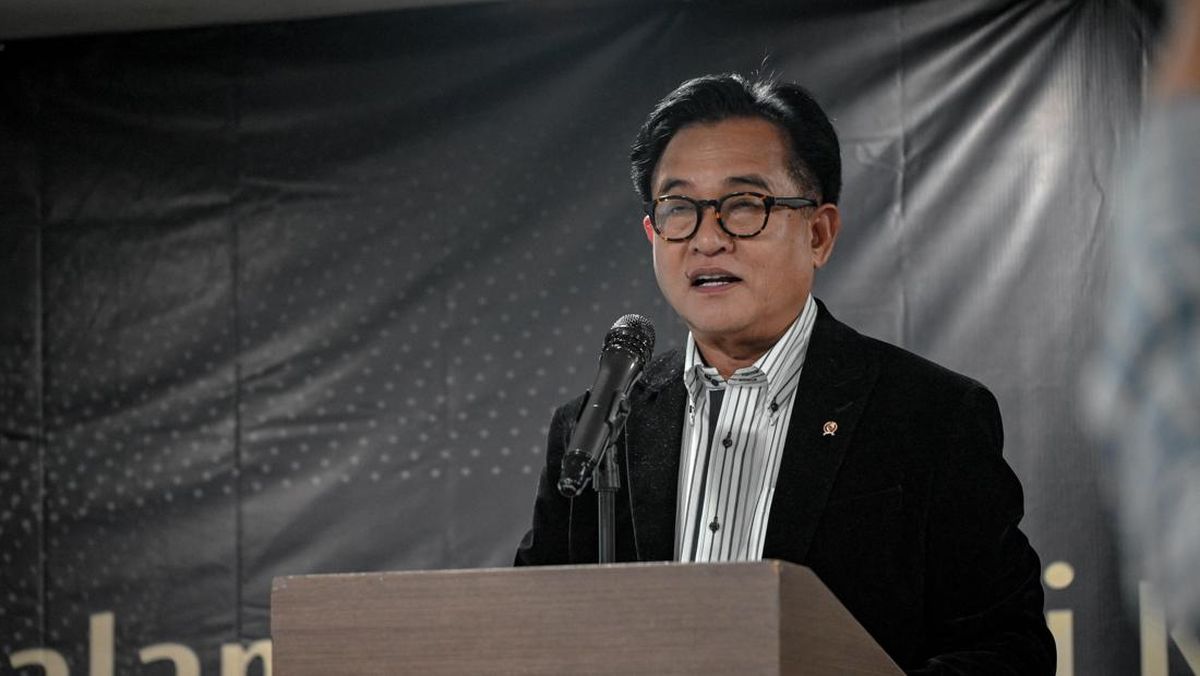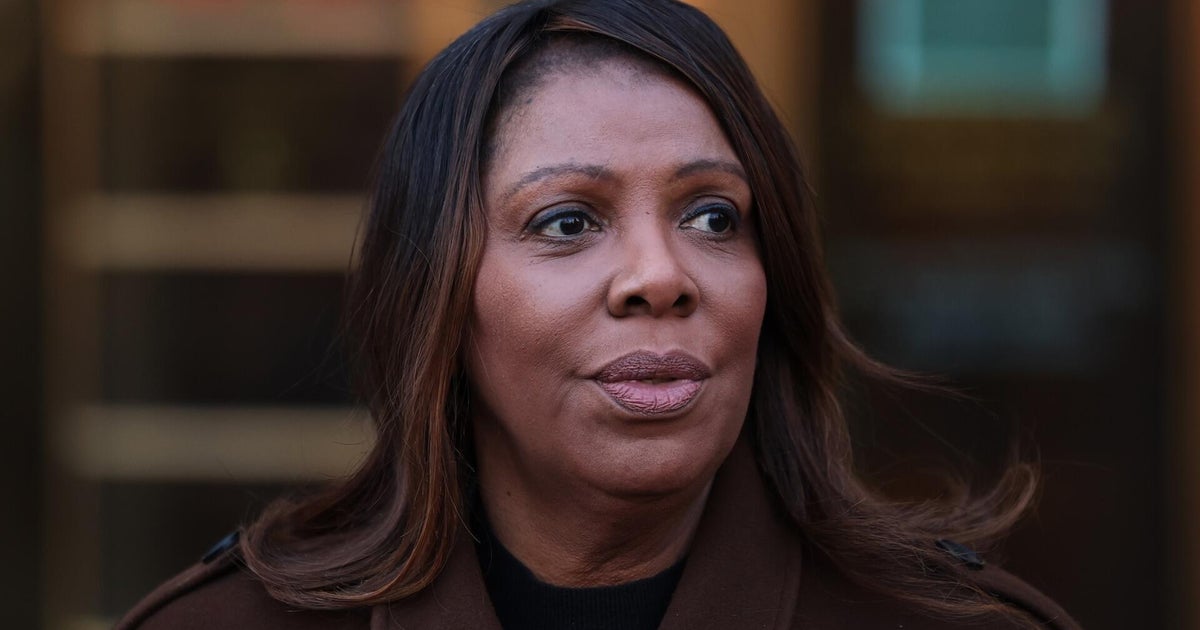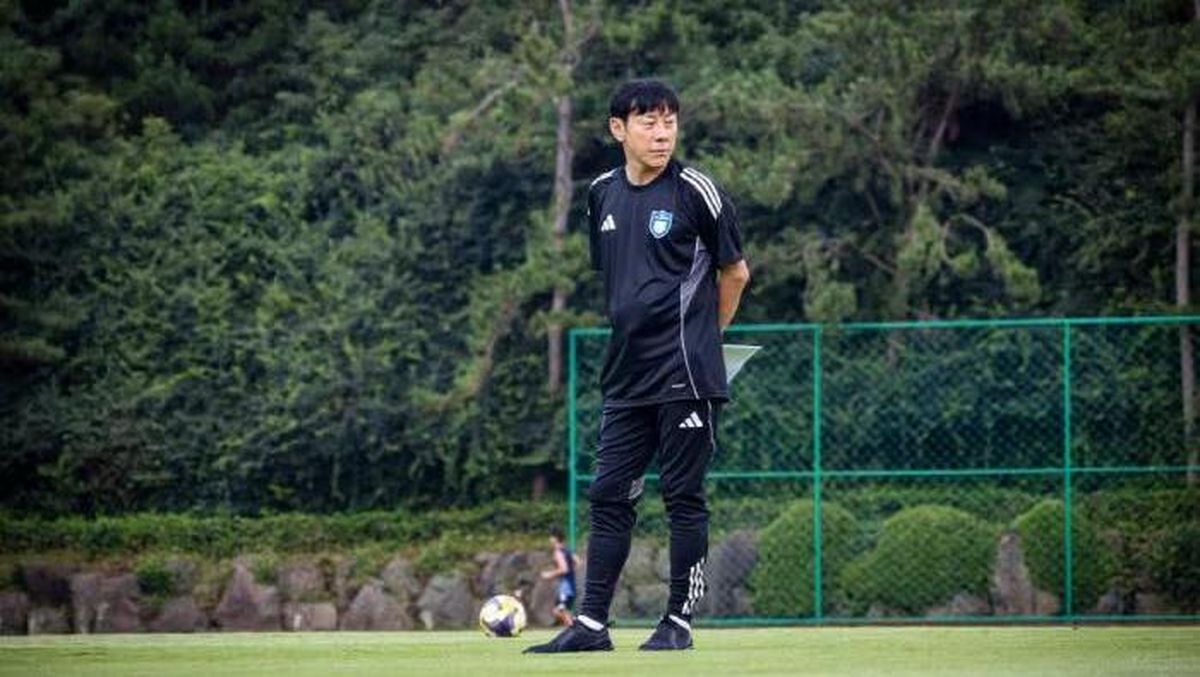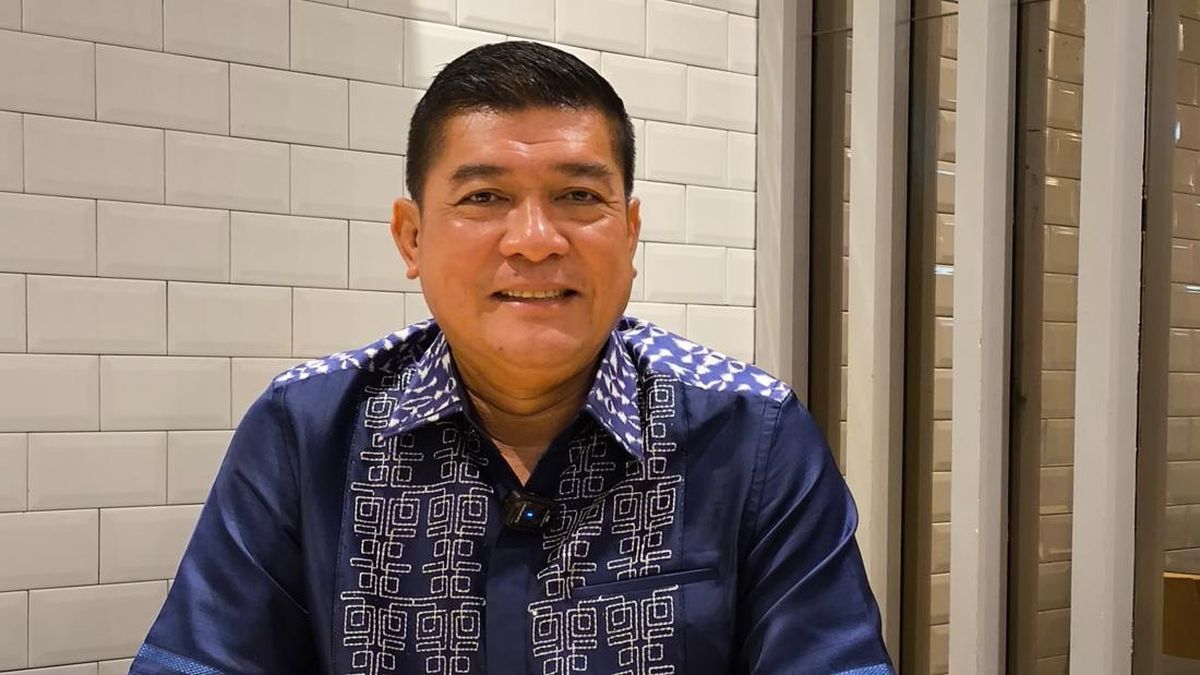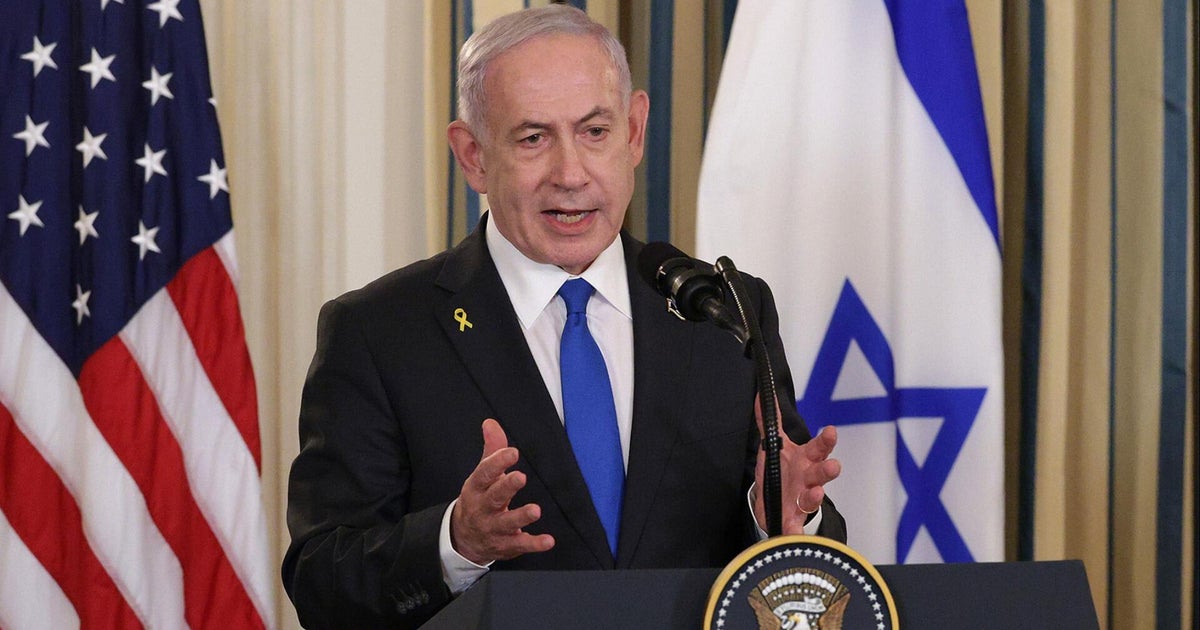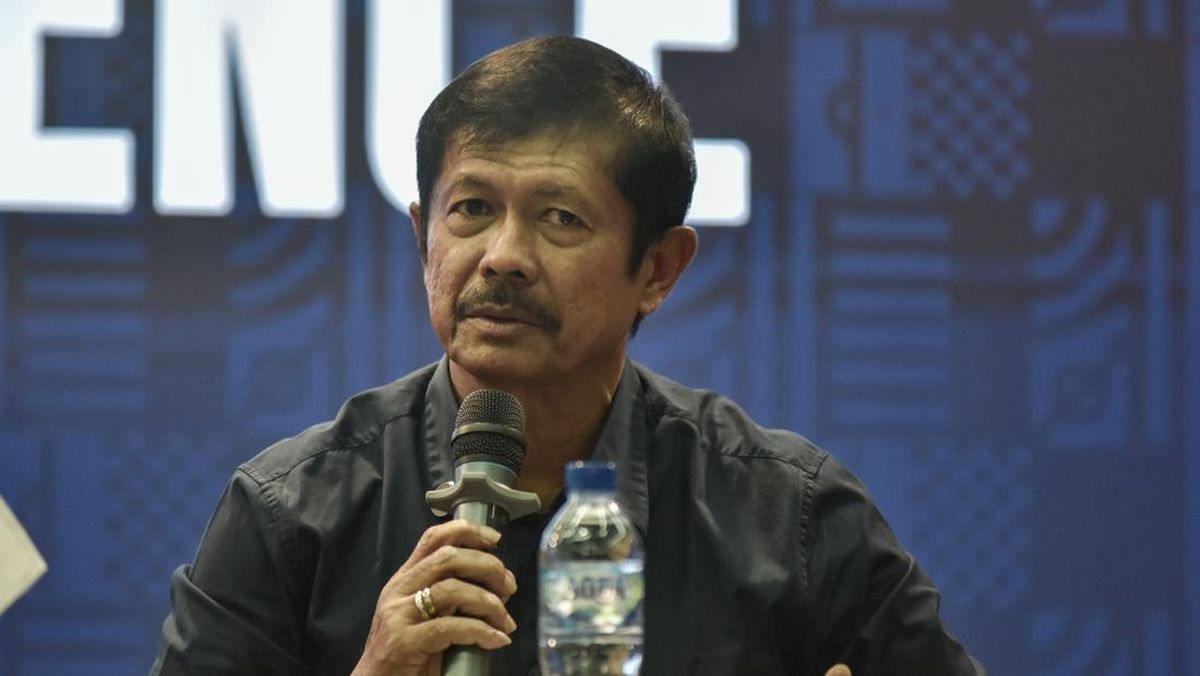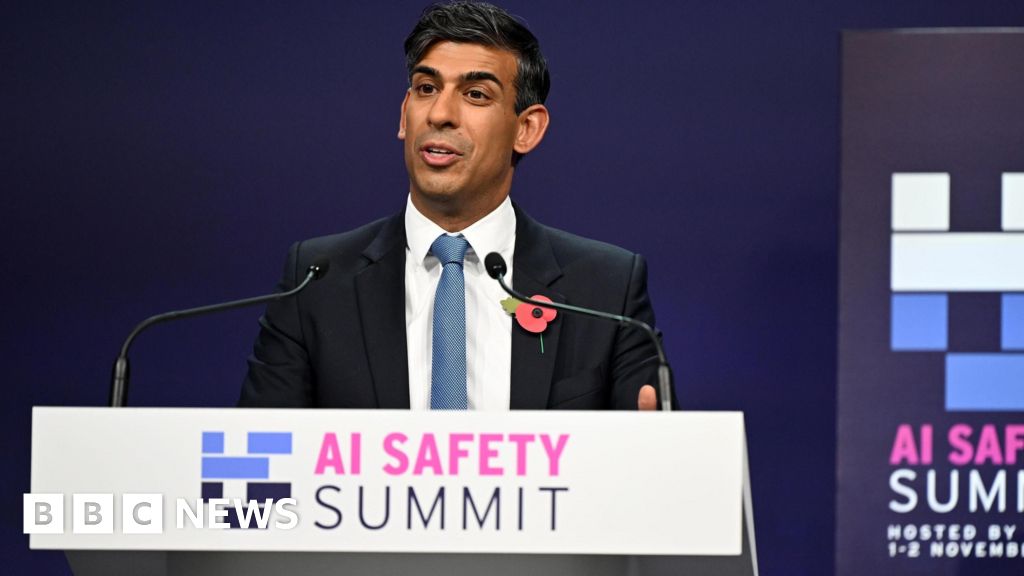Opinion
October 10, 2025 — 5.00am
October 10, 2025 — 5.00am
Andrew Hastie’s resignation from the Coalition frontbench was all but inevitable after weeks of freewheeling commentary from the Perth MP on the direction and policies of the Liberal Party.
But it hasn’t brought the debates Hastie wants to an end; rather, from the backbench, he is now free to advocate positions and start developing a manifesto about where the Liberal Party, and modern Australia, is headed.

Opposition Leader Sussan Ley and former frontbencher Andrew Hastie.Credit: Marija Ercegovac
Hastie stoked leadership speculation – though after his resignation he stated that “there’s no challenge to Sussan [Ley], I support Sussan” – and caused a major headache for the opposition leader five months into the job.
The member for Canning has been unusually candid in declaring he wants to lead the Liberals one day (Tony Burke, on the Labor side, has been similarly frank) though Hastie appears to realise it is not his time. At least, not yet.
But Hastie is at the vanguard of the generational struggle within the Liberals’ powerful national right conservative faction that has pitted a so-called “Old Guard” led by Angus Taylor, Michaelia Cash and rising star James Paterson against a New Guard, or New Right, led by Hastie, Jacinta Nampijinpa Price and Tony Pasin, among others.
An analysis of the Liberal Party’s factional system by this masthead, to be published this weekend, showed that there are about 12 members of the New Right and 13 members of the Old Guard. The national right faction is not split per se, but it is divided over what it stands for in 2025. Debate centres on issues such as whether government should intervene more in the market (versus the traditional lower taxes, laissez-faire approach of the Old Guard); immigration levels, and whether to fight net zero or pick other battles.

Hastie, pictured here speaking with Coalition MP Phillip Thompson, has retreated to the backbench after sensationally quitting shadow cabinet.Credit: Dominic Lorrimer
This fight for the soul of the Liberal Party is only just getting started and even supporters of Sussan Ley believe a challenge to her leadership in the next month is all but inevitable. So it’s worth considering what an opposition led by Hastie one day might look like, given his calls for net overseas immigration to be slashed, advanced manufacturing industries such as car making to be revived, net zero to be abandoned in favour of Australia harvesting its natural resources including uranium, gas and coal, and his warning that Australians risked becoming “strangers in their own country”.
A former soldier and SAS officer who served his country with distinction, Hastie has been marked as a future leader from early in his career. It’s not hard to see why. Still just 43 years old, he entered parliament a decade ago after winning a 2015 by-election overshadowed by the imminent replacement of Tony Abbott as prime minister by Malcolm Turnbull.
He is happily married to wife Ruth, with whom he has three young children. He is photogenic (Liberal staffers initially nicknamed him “Tasty”), studied politics and history at university, and can speak at length on philosophy and theology.
Early in his parliamentary career, Hastie developed a taste for making provocative statements that would get him a quick headline – but he soon buttoned down and realised that if he wanted to rise through the ranks, a bit of discipline was required. So he knuckled down and was eventually appointed to the outer ministry in government and the shadow cabinet in opposition.
Loading
But there are negatives, too: some in the Liberal Party believe his social views are out of touch with modern Australia. Too Trumpist, too nativist.
His anti-immigration stance, for example, risks putting some multicultural communities offside and his opposition to net zero is out of step with most Australians’ views on climate change, according to published polling. He doesn’t support women serving in military combat.
Being based in Perth makes things harder too, given the distance from the east coast and the considerable travel burden it imposes (Labor leader Bob Hawke moved from Perth to Melbourne to realise his ambitions, while Kim Beazley eventually set up a second home base in Sydney).
Hastie has never quite explained whether he is a creationist like his father, Peter, who is a Presbyterian minister and theologian. During the byelection, the younger Hastie was repeatedly asked whether he was a creationist who believed the world was only several thousand years old.
Candidate Hastie would not answer, declaring instead, “I’m proud of my father’s service to the community. I stand behind him. I’m not going to be drawn, like I said, on issues of theology. I’m interested in public policy. There’s no religious test in this country for public office.”
Hastie’s deep faith is not a disqualifier for high office, as the election of Scott Morrison, our first evangelical prime minister, showed. But his failure to front up and answer this question potentially is.
He wants to fundamentally shift what the Coalition stands for, and he has tapped emotive issues that form a deep well of discontent in some parts of the population. The loss of a car-making industry, for example, is a deeply emotive one that goes directly to a sense of national pride and accomplishment. (Ironically, one of Hastie’s mentors, Tony Abbott, hastened its demise.)
His suggestion that Australians felt like “strangers in our own home” also tapped a well of resentment felt by some Australians over high levels of immigration since the end of border closures. The idea of being “othered” in one’s own country is a powerful one.
Loading
That line was borrowed from former British Conservative politician Enoch Powell, who used it in his hugely controversial 1968 “Rivers of Blood” speech.
Powell was sacked from the frontbench by opposition leader Edward Heath and accused of racism (this column does not suggest the same of Hastie). But subsequent polling found three-quarters of Britons agreed with Powell.
Different time, different country. But Hastie’s gamble is that the majority of Australians would agree with him too, even if they aren’t willing to say so in public.
Critics within the Coalition question what Hastie has actually achieved in a legislative sense during his decade in parliament.
His defenders argue that he has been typecast and, particularly under Peter Dutton, was cut out of the decision-making process while serving as shadow defence spokesman, as Niki Savva revealed this week.
After a decade in parliament Hastie no longer wants to be typecast and by speaking out he hopes to pry open the Overton window and broaden public debate.
It may lead to high office one day, but it could also be the beginning of the end of his political career – a fact he has himself acknowledged.
James Massola is chief political commentator for The Sydney Morning Herald and The Age.
Most Viewed in Politics
Loading


